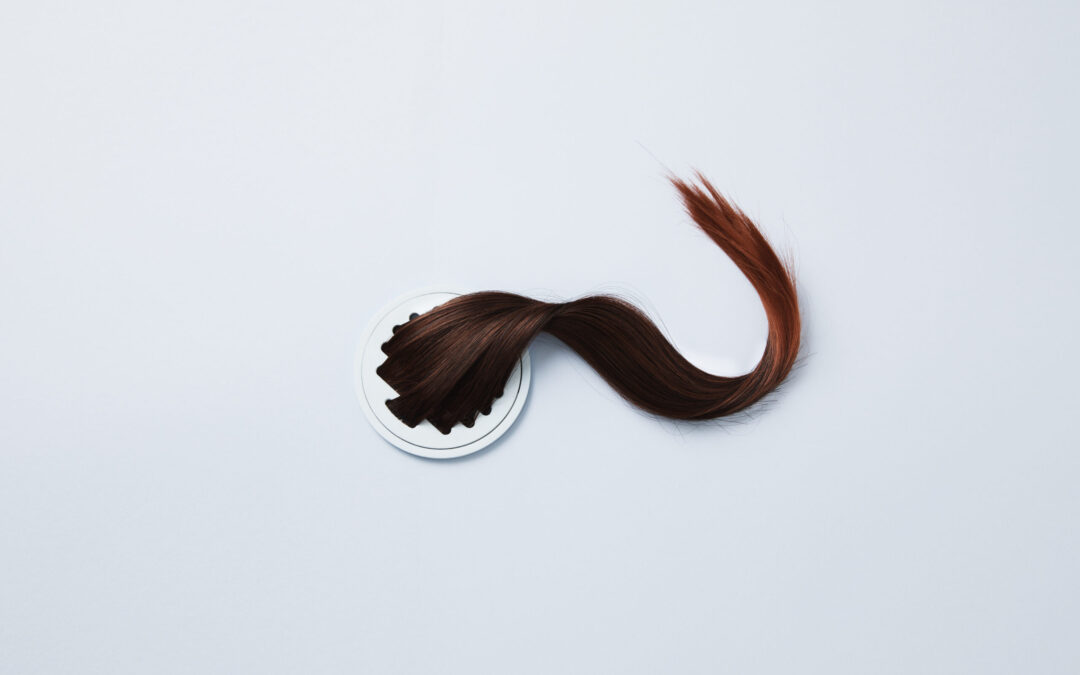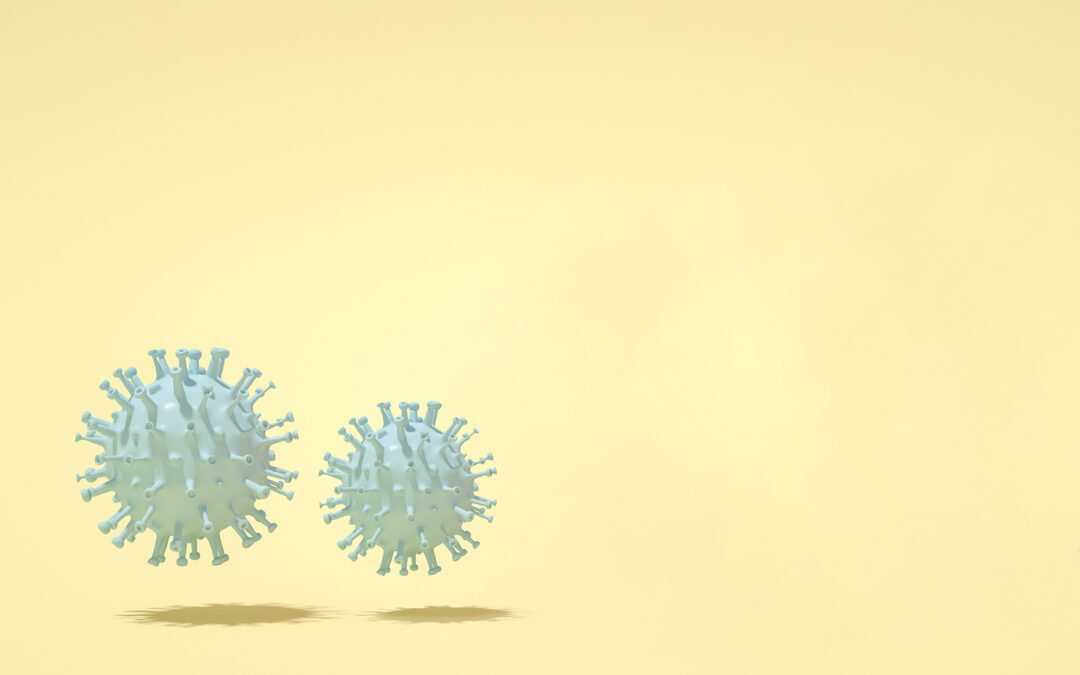Balding Crown? Here’s How to Prevent, Stop and Treat It
It can be easy to get away with hair loss in the beginning. Thinning hair, even a receding hairline, can happen so gradually that you might be the only one who notices anything (and maybe your mum or partner).
But hair loss can eventually lead to balding — especially on the top of your head and especially if you’re male.
So it’s natural to worry about whether your crown is balding.
Hair loss on the crown of the head is common — but there are ways to prevent this kind of baldness and even reverse it.
If you’re worried about hair loss, it’s best to consult a doctor so you can access a hair loss treatment that’s right for you. Get started now or read on to learn more about balding.
Bald Spot on Crown – Early Signs of Hair Loss
A receding hairline is easy to see. A bald spot on the crown? Not so much. You might not even notice your hair thinning until you feel the smooth pate where a bit of hair used to be.
Seeing it is even harder because it’s at the vertex of your head — virtually the trickiest spot to glimpse without some clever mirror work.
Yet a balding crown is one of the earliest signs of male pattern baldness (MPB), also known as androgenetic alopecia.
It’s not the easiest thing to hear but confirming that you have a bald spot is the first step to prevention and treatment. And the sooner you start treatment, the more effective the results can be.
Common Signs of Early Balding
Thankfully, the early signs of balding are easier to spot than that impossible, invisible point on the back of your head — and with these early signs, you might even be able to catch your hair loss before you start to go bald.
Hair Thinning
Thinning hair is an obvious first sign of balding. It may happen as diffuse thinning across your entire head or it may be localised, occurring around the temples or on top of your head.
If your hair is thinning at the crown, you probably won’t have any thinning on the sides or back of your head in the beginning. It can even take years for your crown to start balding.
Hair thinning around the front of your head — your hairline — may be another early sign of balding, especially in males.
Receding Hairline
One of the biggest symptoms of male pattern baldness (which can lead to a balding crown) is a receding hairline, where the hair on the front and sides of your head begin to move away — or recede — from your face.
There’s an identifiable pattern for male pattern baldness, which culminates in balding at the crown.
The Stages of Crown Balding
Crown balding often occurs in stages, which can help you detect the level of hair loss you’re experiencing. Men’s hair loss is clinically measured by the Norwood Scale, the same scale we use to assess your hair loss when you fill out our form to access The Hairy Pill® treatment.
There are 7 simple stages of hair loss in the Norwood Scale:
Stage 1: Your hair shows no visible signs of balding or thinning.
Stage 2: You may notice a mild case of a receding hairline at the temples.
Stage 3: Your receding hairline becomes more visible at the temple in an M, V, or U shape. This is where bald spots may develop. Alternatively, your hairline recession may remain mild but with substantial crown balding.
Stage 4: You’ve lost most of the hair on top of your scalp, with a narrow band of hair linking patches around the sides of the head.
Stage 5: That band thins as your areas of hair loss grow.
Stage 6: Any band of hair on top of the scalp is nearly or totally gone. Hair loss from the temples reaches the crown.
Stage 7: You may have a bald head on top, possibly with some hair still at the back and sides of the head.
So What Causes a Balding Crown?
Most of the time, a balding crown can be attributed to genetics. After all, up to 95% of male hair loss is hereditary. With that said, there may be a few other reasons for your bald spot, including prescription medication and even stress.
Genetic Balding
The leading cause of a balding crown is genetics. Hereditary hair loss, called androgenetic alopecia or male pattern baldness (MPB) happens gradually and is generally caused by a hormone called dihydrotestosterone that shrinks hair follicles.
Issues with Prescription Medication
Some prescription medications include hair loss as a possible side effect. The most common of these are chemotherapy drugs, which can trigger anagen effluvium hair loss.
Hair loss related to chemo can occur quickly — usually within two weeks of starting therapy, though it only progresses rapidly after one or two months.
Other medications that may cause hair loss include:
- Weight loss medication
- Steroids
- Immunosuppressants
- Beta-blockers
- Non-steroidal anti-inflammatory drugs (NSAIDs)
- Thyroid medication
Stress and Anxiety
Stress can manifest in your body in different ways. One of those ways may be a balding crown.
The main type of hair loss that may be associated with high levels of stress is telogen effluvium. It’s often triggered by a sudden, dramatic stress on the body, such as an illness or a death in the family.
It can cause hair follicles to prematurely enter a resting phase. A few months later, the impact of that stress will be visible in sudden hair shedding.
Regardless of whether your hair loss is caused by genetics or external factors, there’s some good news.
It can be reversed.
But the only way to know how much hair you can regrow is to start treatment.
Your Bald Spot Treatment
If you’re starting to develop barely-there hair over the crown, or you’ve detected the telltale signs of early hair loss, don’t panic. You’ve already taken the first big step towards reversing your hair loss.
Here’s what’s next.
Consult a Hair Loss Doctor
As soon as you notice your hair thinning, take action by booking a consultation with a hair loss expert. The earlier you start treatment, the better. Leave it too late and your hair loss may be permanent.
Book a consultation through The Hairy Pill® and you’ll be able to talk to Australian doctors who have been trained by world renowned dermatologist Professor Rodney Sinclair. He’s the doctor behind the underlying technology in The Hairy Pill® hair loss treatment.
Our doctors can help you get to the root of your balding problem and provide a prescription to a personalised medication made for your needs.
The Hairy Pill® Hair Loss Medication
The Hairy Pill® provides a hair loss treatment that can stop balding in its tracks and stimulates hair growth.
It uses Professor Sinclair’s underlying technology, which has been researched, tested, refined, and patented. It’s since been prescribed to well over 20,000 patients.
The Hairy Pill® is personalised. Through regular doctor consultations, our partner doctors can track your progress and adjust your dose or ingredients based on your response to treatment.
And the best bit? It involves just one pill, taken daily, and delivered directly to your door.
Prevent Crown Balding Today with The Hairy Pill®
It’s not too late to turn things around. Speak with The Hairy Pill® today and take a step closer to your personalised hair loss solution.









